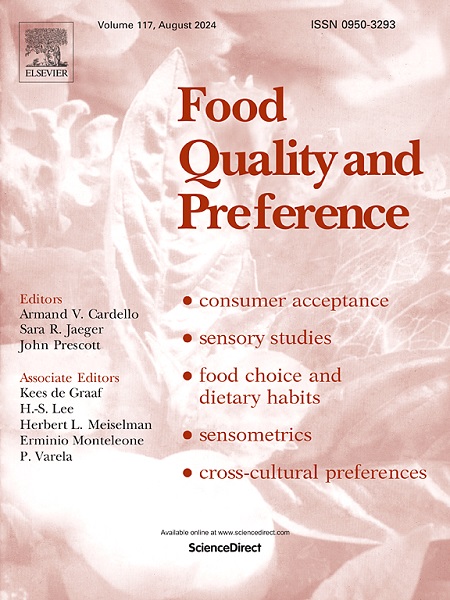European consumers' involvement with date labels and implications for household food waste
IF 4.9
1区 农林科学
Q1 FOOD SCIENCE & TECHNOLOGY
引用次数: 0
Abstract
Food waste (FW) in the European Union remains a significant challenge, with over 58 million tons generated annually. Consumer behavior, particularly in relation to food-date labels, is a key factor influencing FW. This study focuses on patterns of involvement with date labels, examining how understanding, attention, and behavioral responses to date labels vary across consumer segments. By clustering consumers based on these dimensions, the research aims to identify distinct involvement patterns toward date labels and the impact on FW decisions.
The study involved 1507 consumers (54.6 % female, mean age = 44.9 years) from six EU countries (Belgium, France, Germany, Italy, Spain, Sweden). Participants completed an online questionnaire assessing their understanding, attention, and behavioral responses to date labels, alongside their reported domestic FW behaviors, sociodemographics, and FW management skills.
Results indicate that 75.2 % of European consumers understand the difference between ‘use by’ and ‘best before’ dates, and over 80 % correctly identify the meanings of these terms. Increased understanding correlates with reduced household FW, but this factor alone is insufficient to significantly lower waste levels. Additionally, enhanced use of date labels plays a crucial role in minimizing FW.
The study identifies distinct consumer segments toward date labels: “Higher involvement” segment (23.9 % of subjects), who rely on date labels for food management, “Lower involvement” segment (33.4 %), who base their decisions on other elements such as sensory cues, and “Medium involvement” segment (42.6 %), which shows intermediate characteristics. This segmentation provides valuable insights for designing targeted interventions aimed at improving date label usage and reducing household FW.
求助全文
约1分钟内获得全文
求助全文
来源期刊

Food Quality and Preference
工程技术-食品科技
CiteScore
10.40
自引率
15.10%
发文量
263
审稿时长
38 days
期刊介绍:
Food Quality and Preference is a journal devoted to sensory, consumer and behavioural research in food and non-food products. It publishes original research, critical reviews, and short communications in sensory and consumer science, and sensometrics. In addition, the journal publishes special invited issues on important timely topics and from relevant conferences. These are aimed at bridging the gap between research and application, bringing together authors and readers in consumer and market research, sensory science, sensometrics and sensory evaluation, nutrition and food choice, as well as food research, product development and sensory quality assurance. Submissions to Food Quality and Preference are limited to papers that include some form of human measurement; papers that are limited to physical/chemical measures or the routine application of sensory, consumer or econometric analysis will not be considered unless they specifically make a novel scientific contribution in line with the journal''s coverage as outlined below.
 求助内容:
求助内容: 应助结果提醒方式:
应助结果提醒方式:


